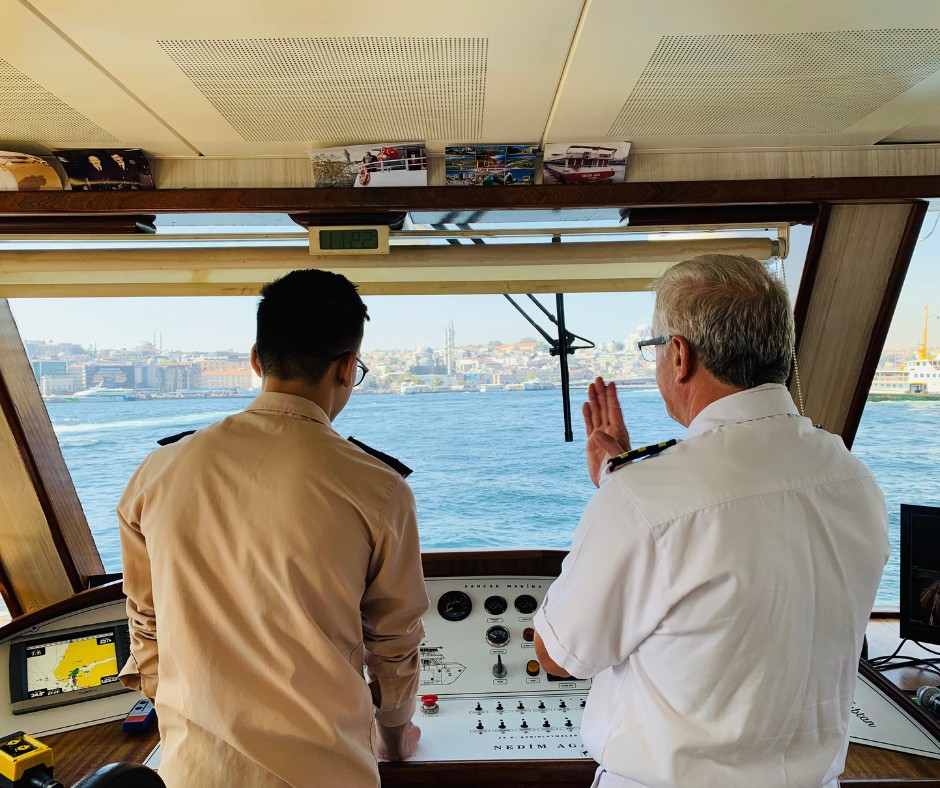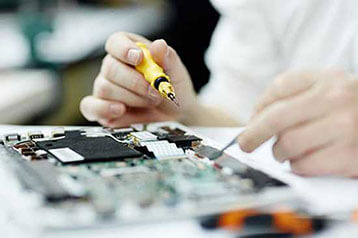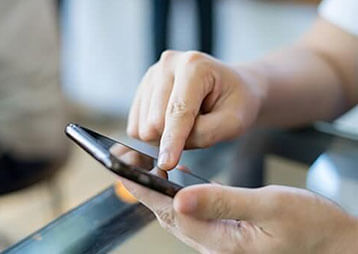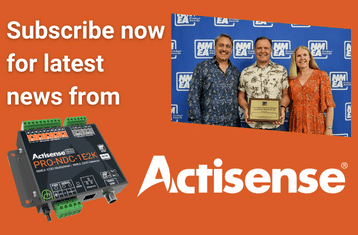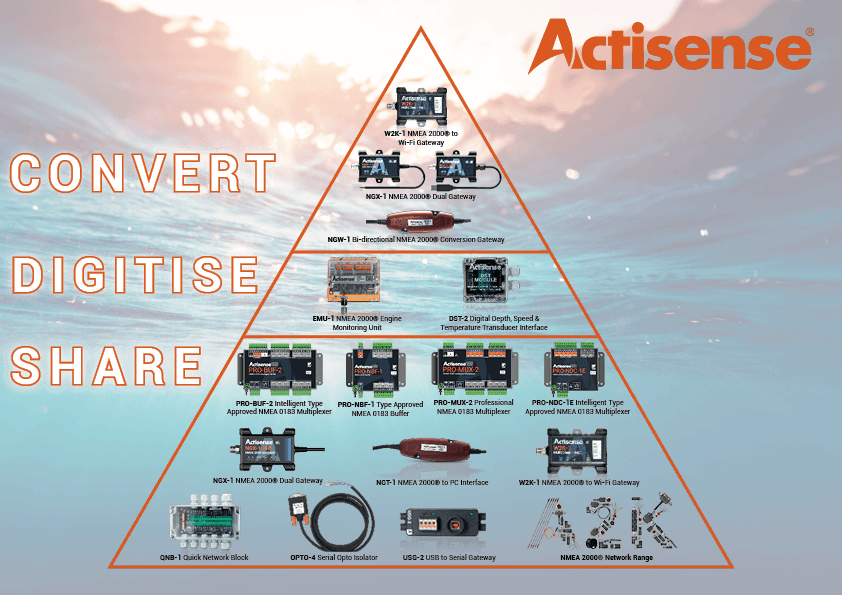Forum Replies Created
-
AuthorPosts
-
Josh Keets
KeymasterHi there,
Currently NMEA Reader and Toolkit are not configured to receive data via TCP/IP/UDP Comms, however it is on the to do list. Unfortunately integrating IP Comms into the applications is a reasonably complex process requiring a large amount of work.
Whilst it is not directly possible at the moment, there is a way to get your Wireless 0183 data into NMEA Reader via the W2K-1 using a third party application. Using HWVSP3, you can create a VCP on the program which is fed from an IP Address.
Essentially, you set the COM Port number (ensure this does not collide with one that is already existing on the PC from a physical device), set the IP addr it is from (192.168.4.1 for W2K-1 AP), and set the Port number as that of the Port Number for the data server you are trying to receive from.
If you would like instructions on configuring this program to work with the W2K-1 and NMEA Reader, or need any support, please create a ticket on our help desk.
Thanks
Josh!
Josh Keets
KeymasterPlease contact Actisense Tech Support for access to the SDK. When contacting us, please provide as much detail about your project as possible, so we understand the use case and purpose, and also which programming languages you are using.
Should you be developing on a different platform to Windows, we can also provide access to our ACCompLib, but this does require an NDA due to it containing some source code. Actisense recommends that you use our demo project and Windows SDK as a first point so you are familiar with how it works, before moving onto the CompLib, however this isn’t a mandatory requirement.
Josh Keets
KeymasterThe most important point to remember about the EMU-1 is that it is the senders and gauges that are important when trying to understand compatibility and not the engine model / manufacturer. This is a helpful article that describes this in more detail:
https://www.actisense.com/knowledge-base/nmea-2000/emu-1-nmea-2000-engine-monitoring-unit/emu-1-engine-compatibility-and-setup/The EMU-1 will output standard NMEA 2000 engine, transmission and fluid level PGNs that will be understood by any NMEA 2000 MFD.
Points to check are that both engines share a common ground and that each engine doesn’t require more than 3 gauges and 2 alarms to be monitored. One of the other benefits of using one EMU-1 per engine is that the battery voltage of each engine can be transmitted on the NMEA 2000 network.
Please note that an NGT-1-USB will be required to configure an EMU-1. For many customers, leaving that NGT-1-USB on the NMEA 2000 network after EMU-1 installation is beneficial as it can be very useful for diagnosing NMEA 2000 data issues (when used with our NMEA Reader software application) and it can be used to update the EMU-1 firmware and tweak the configuration if required.
Josh Keets
KeymasterThe Actisense NGW-1 is sold pre-configured, either with ‘standard’ or ‘AIS’ firmware depending on which model you purchase. Should you wish to reconfigure your NGW-1, this is done via our free to download Actisense Toolkit program.
There are 2 ways of configuring your NGW-1, remotely using an NGT-1, or directly using a physical connection between the NGW-1 and the PC.
If you own an NGW-1-ISO, we recommend connecting it to your PC via an Actisense USG-2, so you have full isolation and protection of both the PC and the NGW-1. If you wish to use an RS-232, or serial to USB adapter, details of connecting your NGW-1 to a PC via an RS-232 cable, or RS232 to USB Adapter are in the manual.
If you own an NGW-1-USB, then simply plug your USB into the PC. If this is the first time, please ensure that the PC is online, as Windows will automatically find and install the required drivers.
Please note, configuring your NGW-1 via Actisense Toolkit only works with the latest 2.660 firmware. If your device is on an older version such as 2.420, upgrade it first using the NGW-1 2.660 Actipatch relevant to your device variant.
Josh Keets
KeymasterIntegrating STNG cables and devices with NMEA 2000 DeviceNet is a straight forward process thanks to the adapter cables. STNG and NMEA 2000 are identical on a data and protocol front, the only difference is the physical layer.
The STNG to NMEA 2000 adapter cable (A06045) can be purchased with our NMEA 2000 products as part of a bundle (not sold separately), and can also be purchased from Raymarine.
The use of certified manufacturer adapter cables is always recommended.
-
AuthorPosts
